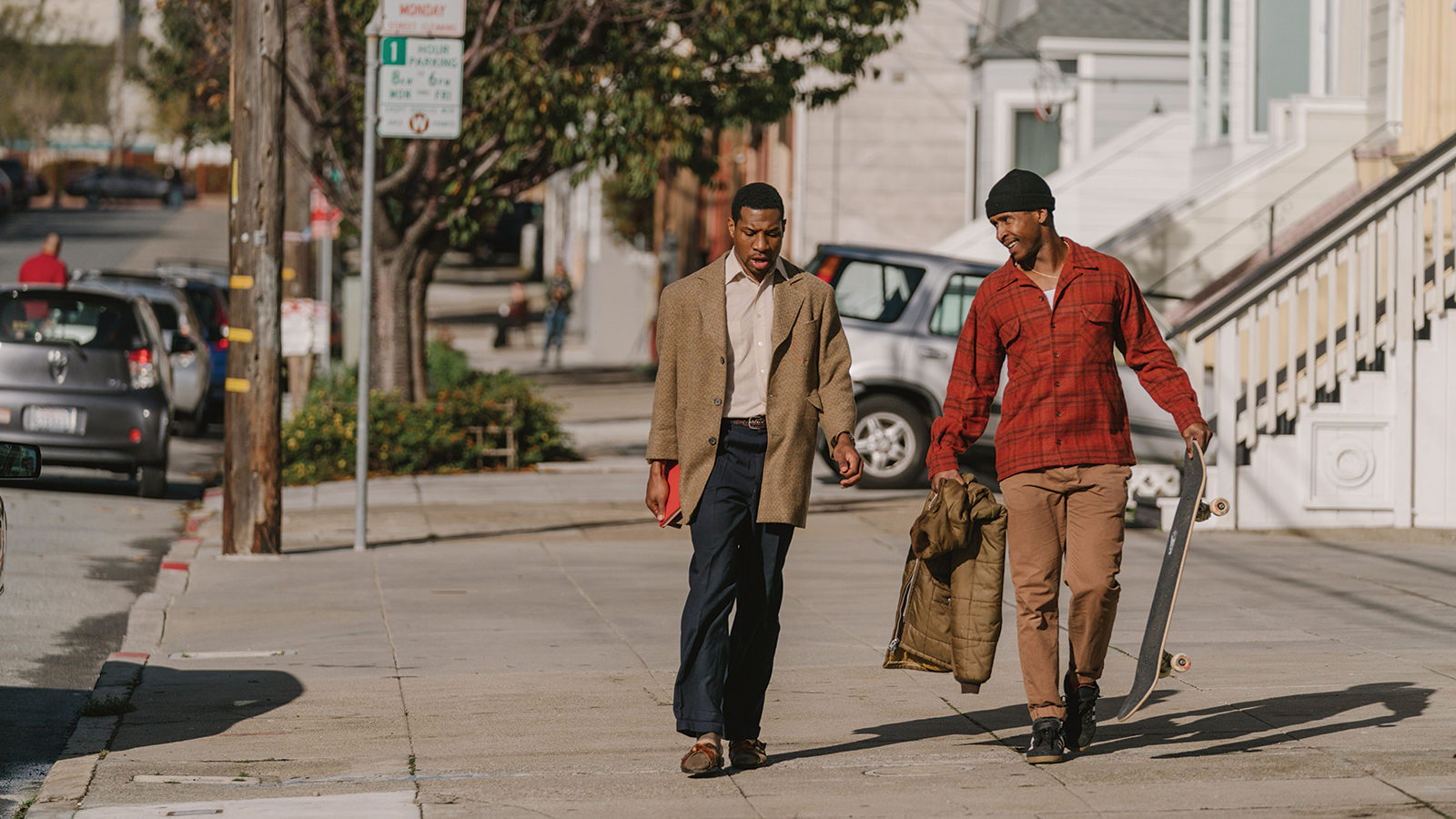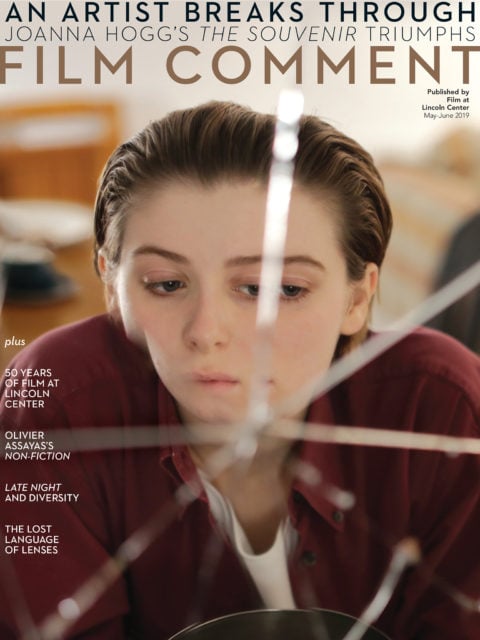By Stuart Klawans in the May-June 2019 Issue

The Big Screen: The Last Black Man in San Francisco
(Joe Talbot, USA, A24, Opening June 7)
Once you’ve heard the story behind The Last Black Man in San Francisco, you’re stuck with facts that are too distracting to dwell on and too informative to ignore. It’s as if you were to learn that the author of Great Expectations really was an orphan named Pip, who had spent part of his youth in the home of a crazy spinster. No doubt the knowledge would add to your pleasure—but only after you’d fallen in love with the work.

From the May-June 2019 Issue
Also in this issue
So, to take things in proper order with Joe Talbot’s lovely, quasi-Dickensian film, begin with Jimmie (Jimmie Fails): a young man in whose eyes worry has taken up permanent residence, just south of his Navy watch cap and north of that untucked red windowpane-check shirt he never changes. First seen hanging out in the weeds, rocks, and rubble by the side of a road, where he looks out over the most toxic industrial backwater of San Francisco Bay, Jimmie sits next to his best and only friend Mont (Jonathan Majors)—office-friendly shirt, soft and stylish sport coat, well-buzzed hair—whose contrasting expression is one of watchful reserve.
Triangulating these two into their immediate setting, Talbot furnishes a few mournfully funny items: a crew in hazmat suits picking up waste on the street, a preacher holding forth to nobody from atop a plastic milk crate (his theme: the impoverishment and poisoning of the black people who built America), and a wayward bus, which promises to swing through the Hunters Point neighborhood but seldom takes the trouble.
Droll curiosity about the preacher gives way in Jimmie and Mont to anxiety about the bus; they’re going to be late. For what, the audience does not yet know—but rather than wait for officially sanctioned transportation, Jimmie takes off on his skateboard, Mont climbs behind, and off they zoom as the camera rolls with them, winding and gliding into a city that reveals itself by turns as a hilltop panorama, a series of passing storefronts and office buildings, and the faces of people staring back in super slow motion. You see the paradise priced out for all but a few, the capital of touristic escapades and dereliction, the movie’s love object and locus of historical romance: San Francisco.
All these aspects of the city soon concentrate in a wood-frame gingerbread house in the Fillmore district. This, it turns out, is the destination to which Jimmie and Mont could not bear to be late. Again, the audience does not know why. Answers won’t come until the current residents of the house move out, Jimmie and Mont dare to crash in as squatters, and The Last Black Man in San Francisco pauses from its restlessness for the first time, to show view after gorgeous stationary view of rooms that are temporarily empty, except for rich wainscotting, elaborate moldings, manorial banisters, and leaded glass windows bearing monograms. Real-estate porn? For many in San Francisco, the answer would be yes. For Mont and especially Jimmie, no.
The tales that accumulate in and around this house—told and retold by Jimmie, dramatized by Mont (an aspiring theater artist), contested by outside forces more powerful than either—become the movie’s anthology of personal and communal loss and keen, quixotic hope. They’re a far-reaching history of black people settling in San Francisco and being dispersed from it, and an intimate chronicle of one family’s dubious choices and homelessness. A sense of right and wrong radiates through this network of stories, but Talbot and his co-screenwriter Rob Richert wisely pack it with no absolute truths. They’d rather let ambiguity gather—ambiguity, or as Mont might think, humanity—with a quizzical moodiness matched by composer Emile Mosseri’s chamber music for woodwinds. In much the same way, the film maintains a touch of reticence about the loving bond between Jimmie and Mont, and in the last reel consigns neither man to a definite end. Their stories go on—and so, too, does this house that has survived from Dickens’s era, carrying into the movie a trace of his enthusiasm for odd characters of all types (the more the better) and his passion for justice, now documentary in its expression, now satiric or whimsical.
It does add something to know that Jimmie Fails, who is co-author of the screen story, really did live as a child in a rambling old heap in the Fillmore district, watched his family lose it, and endured years of homelessness—just like the man he plays. Considered in retrospect, these facts give The Last Black Man in San Francisco an intensely personal tone. But a movie, like life, has to be lived going forward. In this case, there’s a world to go through.
Stuart Klawans is the film critic for The Nation.







